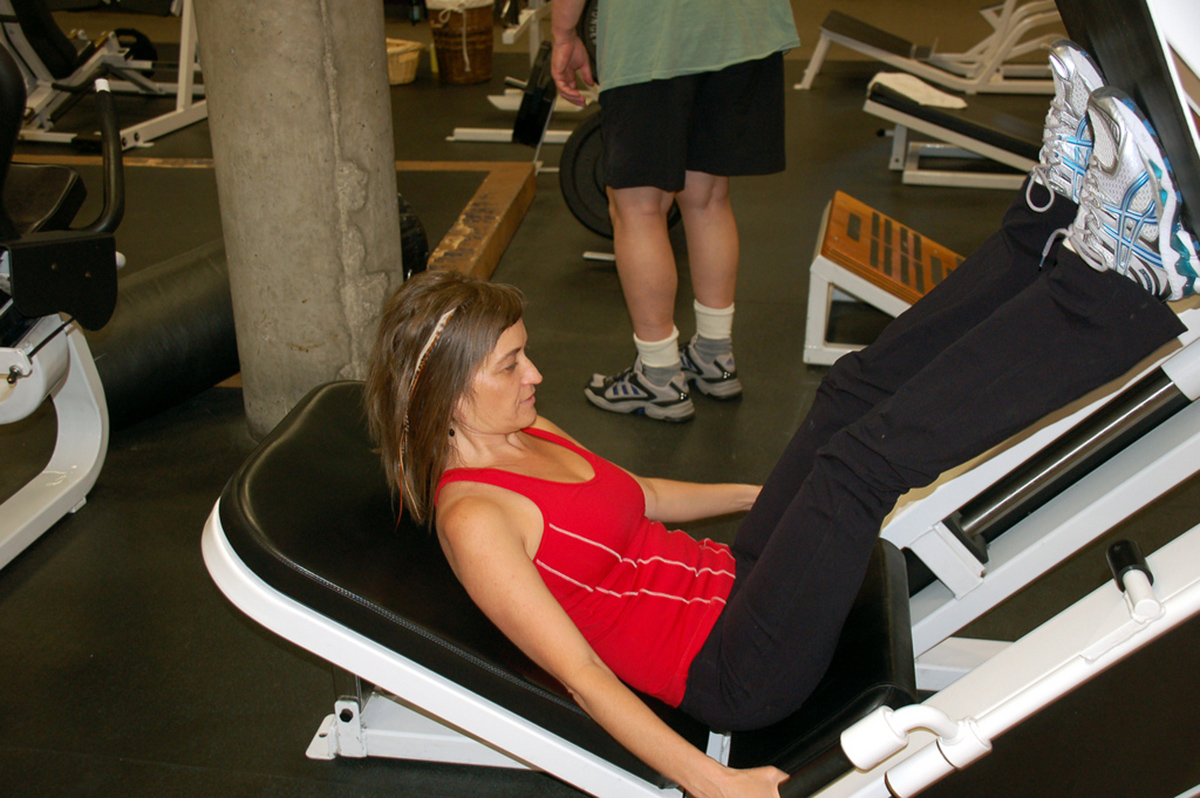Table of Contents
The Workout
The majority of the Body by Science book is given over to explaining methodology and discussing the reasons behind the ideas Dr. McGuff is putting forward. But he also includes a sample workout. Here it is:
- Chest press
- Seated row
- Seated pulldown
- Seated overhead press
- Leg press

How New Is All This?
Dr McGuff presents his ideas as revolutionary. Certainly the idea of training just once every seven days for a quarter-hour or less is at odds with much conventional thinking. But much of what his system offers can be found in other disciplines. Static holds (including supra maximal static holds, which are associated with CNS effects leading to greater motor unit recruitment) are a staple of gymnastics and are making a return to weightlifting and even bodybuilding, since recent research indicates that they are associated with hypertrophy, potentially due to fascial adaptation. Single sets are common in gymnastics. Low reps or singles are common in O-lifting too, for similar reasons. Yet these disciplines couldn't be further removed from Dr McGuff's ideas; they're infamously skill-based.
Dr McGuff clears that up: "Do I think you can get these effects with a skills-based workout? Yes I do. But I wanted a workout you could come to cold," without prior training, and begin to get results right away rather than have to learn skills first.
In some ways, then, the Body by Science workout isn't that revolutionary after all. And it's never going to suit you if you like what you already do. But its value for the average person who has little time to exercise and wants results, not processes — who doesn't want to learn to triple extend, isn't interested in improving his turnout, couldn't care less about his support or his pelvic alignment in the hole, but just wants to get fit fast, it's promising.
It really comes down to what you mean by "work". There aren't any pro bodybuilders using this protocol, but boxer Ricky Hatton used something similar in bis pre-fight training, and it's not really designed for budding Olympians anyway. When you ask, "what's best?" you're really asking two questions. One is, "which produces the best results in absolute terms?" The other is, "which produces the best results in a given situation?" Obviously the strength-as-a-skill approach pioneered in Eastern Europe and Russia that saw their weightlifters pumping out squat after squat after squat, six days a week, would be hard to replace with Dr McGuff's 12 minutes a week. But most people aren't training for the Olympic podium. Most people just want to look OK and feel OK, and if they can do that in 12 minutes a week, as the evidence does suggest they can, then maybe for a lot of people, that's best.
READ Boosting Immunity with Exercise and Body-Conditioning Techniques
If you like what you've read, or if you have a bone to pick, or just a story to share, get ion touch via the comments section below!
- Photo courtesy of sportandsocial via Flickr: www.flickr.com/photos/sportsandsocial/2945526728
- Photo courtesy of sportandsocial via Flickr: www.flickr.com/photos/sportsandsocial/2945526728
- Photo courtesy of justthismoment via Flickr: www.flickr.com/photos/justthismoment/5806145114


Your thoughts on this